Today’s university degrees in energy and environmental studies are almost devoid of classes about science, building science, math, and the building industry.
NESEA is a great learning ground for students. We need to attract more of them. But more importantly, we need to call for the energy and environmental studies departments that train them to add more of what our high schools are also missing: education in science, technology, engineering and mathematics (STEM).
I think I speak for many people in the field when I say the current crop of grads is not prepared to help the building industry. Today’s grads are even less prepared than students in my generation were 30 to 40 years ago when we started our careers.
In the late 1970s, with the infusion of the first federal solar energy tax credits, many people entered the energy field. Everyone became a solar installer. Everyone wanted to fight the energy crisis. Solar domestic hot water systems were sold, but very few of them were installed properly.
When I attended the first meeting of New York City’s Metropolitan Solar Energy Society in 1979 (which later became a subchapter of NESEA), I met the president, Bill Bobenhausen. I told him I wanted to put solar panels on buildings in New York City. He said, “Wouldn’t it be a better idea if we made the buildings more energy-efficient first so the solar will pick up a larger portion of the building’s load?”
I was stunned. Who was this mad scientist, preaching things they never taught us at Syracuse University? I had just graduated in the first class of the new Energy and Environmental Policy program at that basketball-focused school. I thought this must be new and under-reported information, as I had never learned it at school.
I think I speak for many people in the field when I say the current crop of grads is not prepared to help the building industry.
Who was this sage? And could he become a mentor of mine?
A year later, Bill wrote a recommendation for me to get a job running the Energy Hotline in the Mayor’s Energy Office under Ed Koch.
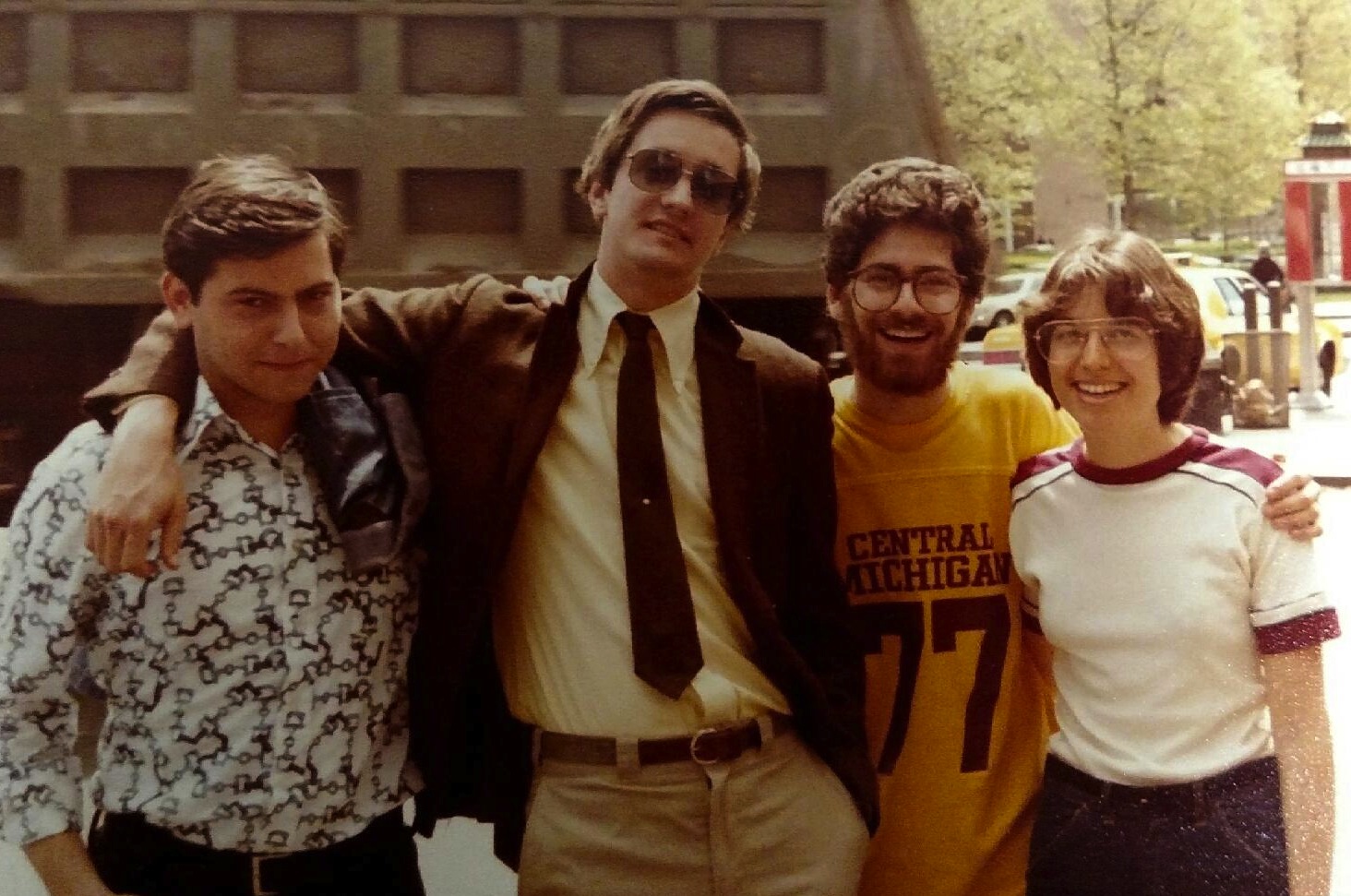 People called the hotline and asked me stuff every day – and I had no clue. I took their names and numbers, called six people to find the answers, and called them back.
People called the hotline and asked me stuff every day – and I had no clue. I took their names and numbers, called six people to find the answers, and called them back.
In a year, I learned 300 times what I had learned in college. I was very lucky to get a job like this where I could learn on the fly.
Over the years, I had many mentors, friends, and collections of what my smart young friends now call their “Boards of Directors.”
Bill put up for years of one of the dumbest youngsters in the field – and that would be me. Who knew that in my young state, I would accidentally amass a group of mentors that would take me from being a college-educated dope to being a fairly well-respected person in the CREADS of the building industry (comfort, resilience, energy, affordability, durability and sustainability)?
In 1982, I read an article in New Shelter Magazine about two Canadians who had figured out that if you seal the holes in the floor of the attic in a typical single-family home and stop the heat from rising around these bypasses, the houses get really efficient really fast.
Sounded simple to me. I did it in my parents’ home that October while I listened to playoff baseball on the radio. Over a weekend with six tubes of caulk, some sheet tin, some high-temperature sealant, a little of this new expanding foam stuff, and a case of beer for lubrication, it was done.
By April, my parents’ gas bill had dropped 40 percent. Their local gas company accused my father of tampering with the meter. Home run.
Trouble is, this is still not common practice in insulation installation. Further, simple tests like pressure diagnostics, where you can pre- and post-test houses to see how well you air-sealed the attics, are not required in programs, so people don’t do them as a matter of course – because “the program doesn’t want them to do it.” Worse, no one wants to do this.
 On a dare from some of my really smart fellow building scientists, I surveyed every homeowner I knew and explained to them how to air-seal an attic. I said how inexpensive and cost-effective it was, but that it was a bit of work. Nobody was interested. Zero. They wanted a device they could put on their furnaces/boilers to instantly save 50 percent of the energy. They had all heard it was already invented and they just needed to buy it. They had heard from their uncles it was going to be available tomorrow.
On a dare from some of my really smart fellow building scientists, I surveyed every homeowner I knew and explained to them how to air-seal an attic. I said how inexpensive and cost-effective it was, but that it was a bit of work. Nobody was interested. Zero. They wanted a device they could put on their furnaces/boilers to instantly save 50 percent of the energy. They had all heard it was already invented and they just needed to buy it. They had heard from their uncles it was going to be available tomorrow.
Typically, people spend more money on fuel for their cars than fuel for their homes, so their interest in car efficiency is higher.
Jump forward to 1998. My friend and mentor, John Tooley, told me he was concerned the next generation of people who were going to take over our work in CREADS needed mentoring. He said I needed to get on it right away. He didn’t ask me – he ordered me.
I’m worried that the new crop of kids think this is all about wheeling power and buying green roofs and water catchment devices rather than examining energy usage and cost and attacking that problem.
I was in a weakened state at that time, so I agreed to do so. I had been doing mentoring ad-hoc for years, but I began to work with a few organizations, including NESEA, that had large professional memberships or regular conferences. I asked them how they brought youngsters – or any emerging or transitioning professionals – into the field. And I asked how these emerging professionals not only got work, but got better at their jobs and moved up in the field. There did not seem to be a ladder anywhere – at least, not a structured one.
Over the years, I have worked with dozens of “kids” – what I call emerging or transitioning professionals – to help them get jobs in the field. Through GreenHomeNYC (another former NESEA subchapter), we have a monthly Green Career Meetup. We have succeeded in getting one emerging professional a real job every month for the last four years. It’s a great program. It’s great to be a part of it. But I’m still troubled.
Speaking as an energy policy (read: non-technical) grad, I left college dumb as a stone but got great experience in the field from people who beat me like a rented mule.
Throughout the last 35 years, I think I’ve increased my knowledge in the CREADS 100 percent each year, which makes work fun and interesting.
I’m worried that the new crop of kids think this is all about wheeling power and buying green roofs and water catchment devices rather than examining energy usage and cost and attacking that problem.
I feel the young-uns – like me at their age – don’t understand the importance of science in our work. I fear that our industry is getting ready to face another crash of bad publicity caused by inexperienced “experts” not listening to clients and making recommendations that don’t save energy/money and improve CREADS.
I guess I want them to not make the mistakes that many of us made that screwed up a bunch of buildings back in the day but helped us learn a lot.
A young dynamo I know opened a consulting company and got a high-profile client by agreeing to work pro bono. He felt he they could cut his client’s bills in half for virtually no investment and use this as the springboard for more business.
I spoke to the consultant as a favor and he wanted me to perform an energy audit over three beers. He had no fuel records, no bills, and no idea what was the most expensive fuel or bill.
When people ask me this, typically I ask them about the patient in the emergency room five miles away who just fell off of their chair in the waiting room and collapsed to the floor. I ask them what is wrong with the patient. I get stark looks. And then I say, “I haven’t seen the patient, so I can’t make a diagnosis.”
This particular building is historic – almost 200 years old. Let’s just say it is a very important building in this city and many of you would recognize the name of the client and the restaurant.
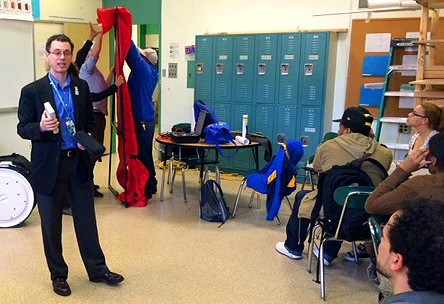 Air-sealing this building would change the physics of the building. So its current ability to vent moisture would be stopped in a mostly-hot climate with bouts of high humidity. And it’s brick with no insulation.
Air-sealing this building would change the physics of the building. So its current ability to vent moisture would be stopped in a mostly-hot climate with bouts of high humidity. And it’s brick with no insulation.
I asked the young dynamo about condensation, downsizing AC, and removing moisture. Would condensation happen now on the single-pane windows? In short, would this retrofit create a problem that never existed previously?
He had never considered this, but was sure that one of his sub-consultants knew this stuff. I mentioned the BS term – building science – and I was suddenly speaking a completely foreign language. Glazed look. What?
Over two years ago, I went to a GreenHomeNYC event and the usual informal cocktails after. Two young bucks came up to me and said, “Andy, we need your advice. We want to start a company that puts solar panels on buildings all over Brooklyn.”
I replied simply to these two young men, “Wouldn’t it be a better idea if we made the buildings more energy-efficient first so the solar will pick up a larger portion of the building load?”
They were stunned. And I felt that I had finally grabbed the light saber from the hands of Obi-Wan Kenobi and I was a true Jedi knight.
Sadly, one hour later, I found out my friend and mentor, Bill Bobenhausen, had just passed away. This cemented to me how much more we all need to fertilize the fields behind us – and how the old pros need to plead with the young ones even more today than they did when this field began.
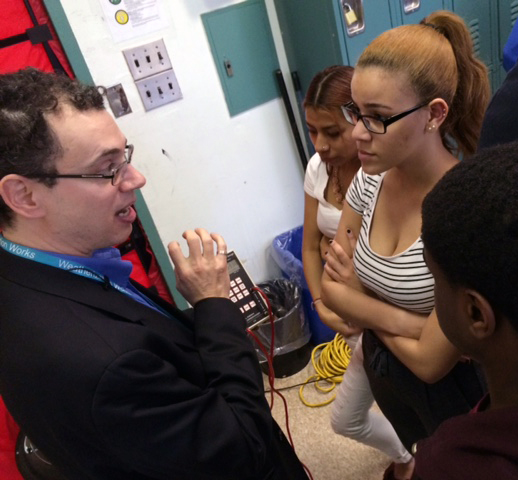 Late last year, I taught a graduate-level architecture class. Over two hours, I introduced concepts of air sealing, fire-stopping, meeting energy codes, exceeding insulation levels, changing framing from 18 to 24 inches on center, and downsizing HVAC.
Late last year, I taught a graduate-level architecture class. Over two hours, I introduced concepts of air sealing, fire-stopping, meeting energy codes, exceeding insulation levels, changing framing from 18 to 24 inches on center, and downsizing HVAC.
30 young future architects looked at me completely stupefied. This was engineering. They didn’t need to know this. It was math, science, code and physics, all rolled into one, and it was not their responsibility.
Conversely, in June of this year, I was proud to accept the role of commencement speaker at the Urban Assembly High School for Green Careers in New York City. They graduated their first class that had been through three years of study – all 50 of them.
They teach building principles, horticulture, math, and a few kinds of science. But their goal in the future is to graduate every student with a Building Performance Institute (BPI) Building Science Principles Certificate of Knowledge. Not perfect – but wow, what a great step!
If you are new to this field, please reach out and find your “Board of Directors.” Have them tell you where they screwed up so you won’t do it again.
If you’re not new to this field, be a mentor or a member of the “Board of Directors” of our future shining stars. My fondest moments at any conference are when I see one of my mentees presenting their experience and knocking it out of the park with a rapt audience. That is real career advancement.
Our Mission
NESEA advances sustainability practices in the built environment by cultivating a cross-disciplinary community where practitioners are encouraged to share, collaborate and learn.


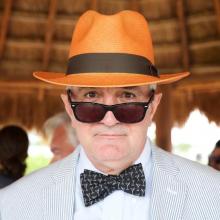
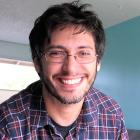

Add comment